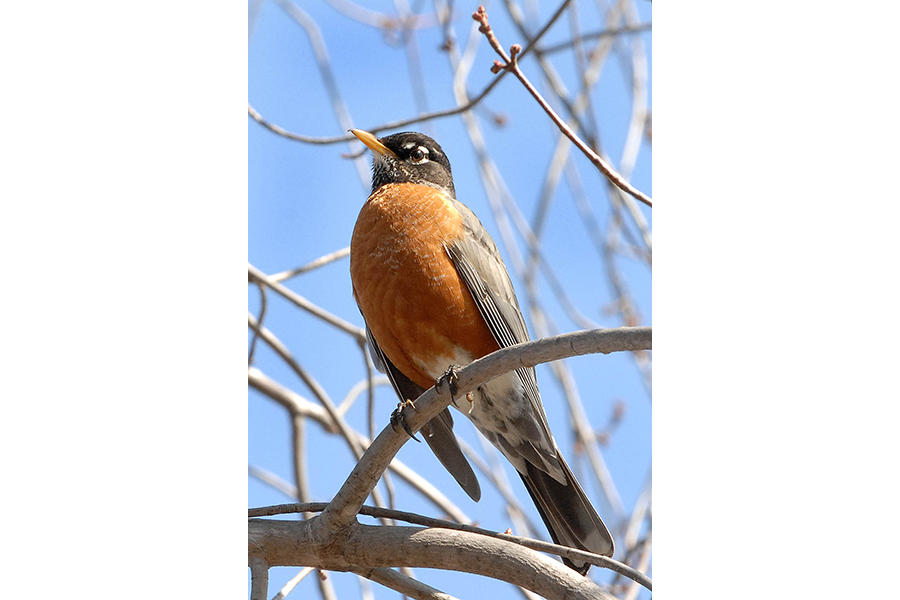How are birds coping as climate change turns up the heat? It's complicated.
Loading...
Climate change is having a similar and predictable impact on common bird populations across different continents, according to new research.
The study, published Friday in the journal Science, is the first of its kind, looking at myriad bird populations in both Europe and the United States, comparing their fluctuations over a 30-year period with the predicted impact of environmental variations.
Exactly as expected, certain species have thrived, while others have declined, with some even showing opposite responses in different parts of their geographical range.
"These findings represent a new climate impact indicator for biodiversity,” said lead author Stephen Willis of Durham University’s School of Biological and Biomedical Sciences, UK, in a press release. “The same approach could also be applied to species such as bees, butterflies and dragonflies, which are well monitored and highly susceptible to changes in climate.”
To carry out their research, scientists considered the kinds of climates favored by different bird species, and then laid out predictions on how recent changes in climate should have affected the various populations.
They analyzed climate records for the period 1980-2010 and divided the bird species under consideration into two groups: those who would likely be favored by the changes in climate, and those likely to suffer adverse impact.
Finally, they compared these predictions with data over the same 30-year period for 145 common bird species in Europe and 380 in the US.
"One important thing is that we're looking at the most common birds," Dr. Willis told the BBC. "These birds are doing a lot of good in the countryside – eating crop pests and helping our ecosystems work. So we need to understand how they'll respond."
And what was their response?
Quite simply, those birds expected to be favored by climate change had done much better than those expected to be negatively affected.
In Europe, for example, some species with a more southerly distribution, such as the bee-eater and Cetti's warbler, have thrived in recent years, while those found in the more northern reaches of the continent, including the willow tit and brambling, have diminished.
Moreover, the patterns within species were found to be in line with expectations, too: the American robin, for example, familiar across much of continental US, has increased in more northern areas, such as the Dakotas, while declining in southern states such as Louisiana and Mississippi.
"The similarities in results between the two continents, despite very big differences in their landscapes, geographic barriers and patterns of vegetation, are compelling evidence for the climate change effects,” David Noble from the British Trust for Ornithology, who was also involved in the study, told the BBC.
Yet digging a little deeper into the data reveals that all is not quite as simple as it may at first seem: while the patterns on both continents are broadly similar, the details are more complex.
In Europe, species apparently disadvantaged by climate change have taken a hammering, while those supposedly benefited have remained largely unchanged in their numbers.
Across the pond, however, it is the negatively affected populations that have remained relatively stable, while those given a boost by environmental changes have actually grown.
The fact that climate change is seemingly more beneficial to birds in the US, compared with Europe, is unsurprising to some, as Frank La Sorte of Cornell University explained to New Scientist:
“The two regions differ profoundly in their geomorphology and land-use history, and we would expect bird populations to have different opportunities under climate change ... Exploring the mechanisms behind these differences will be an important area for future research.”






